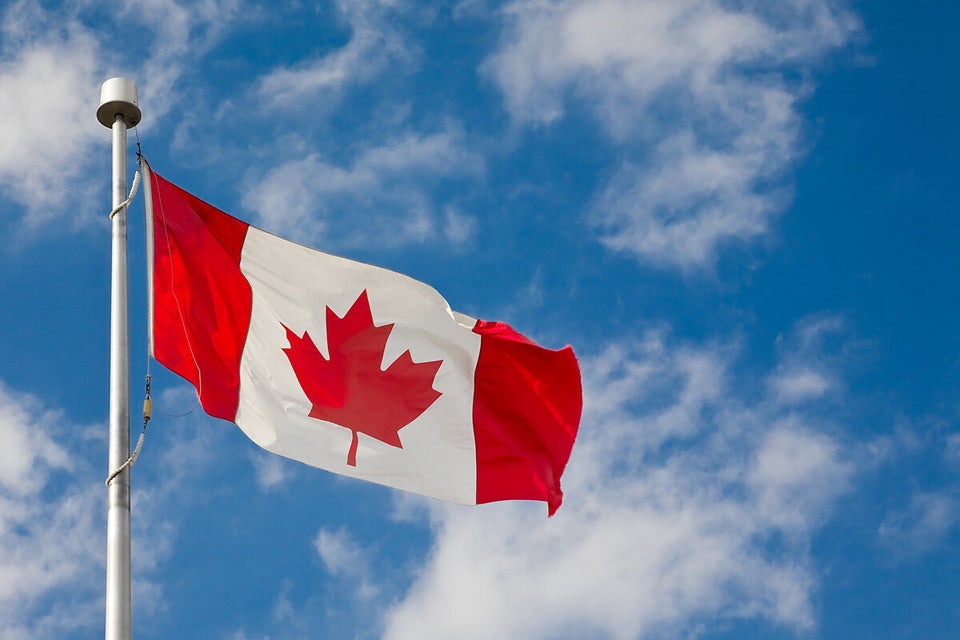
Despite the recession that took hold in the first half of this year, Canadian consumers likely borrowed their way to a record high debt burden, the Royal Bank of Canada estimates.
Low interest rates — and to a lesser extent income gains — fuelled a 4.9-per-cent increase in total outstanding debt over the past year, RBC economist Laura Cooper says in a new report. Canadians now have $1.84 trillion in outstanding debt.
Household debt stood at 163.3 per cent of average household income in the second quarter of this year, just off an all-time high and among the highest ratios in the developed world. StatsCan reports again on household debt on Sept. 11.
RBC's prediction is likely to stoke concerns that Canada has become overly dependent on consumer borrowing to grow the economy.
StatsCan’s latest GDP data shows consumer spending rising 2.3 per cent over the past year, even as some of the other major drivers of the economy, such as oil and manufacturing, shrank.
Those sectors that are growing are linked to debt: Finance and insurance is up 6.5 per cent, real estate is up 3.2 per cent and the retail sector is up 1.4 per cent.
Cooper says consumers aren’t seeing much financial advantage from lower interest rates, because “Canadians ‘spent’ their interest savings on mortgage debt, not consumption.” In other words, what Canadians saved on interest payments, they spent on higher house prices.
RBC sees only a “moderate” level of debt stress among Canadians for the moment, thanks to continuing low interest rates. But those low rates won’t last forever, and RBC worries some consumers won’t be able to keep up in a higher interest rate environment.
Cooper notes that Canada’s consumer debt isn’t spread evenly — 40 per cent of outstanding debt is held just by 12 per cent of households. It’s these households that face the greatest risk when mortgage rates rise.
“Even in the absence of a shock, Canadian households will have to adjust to higher debt payments when economic conditions permit interest rates to drift upwards,” Cooper wrote.
Also on HuffPost:
